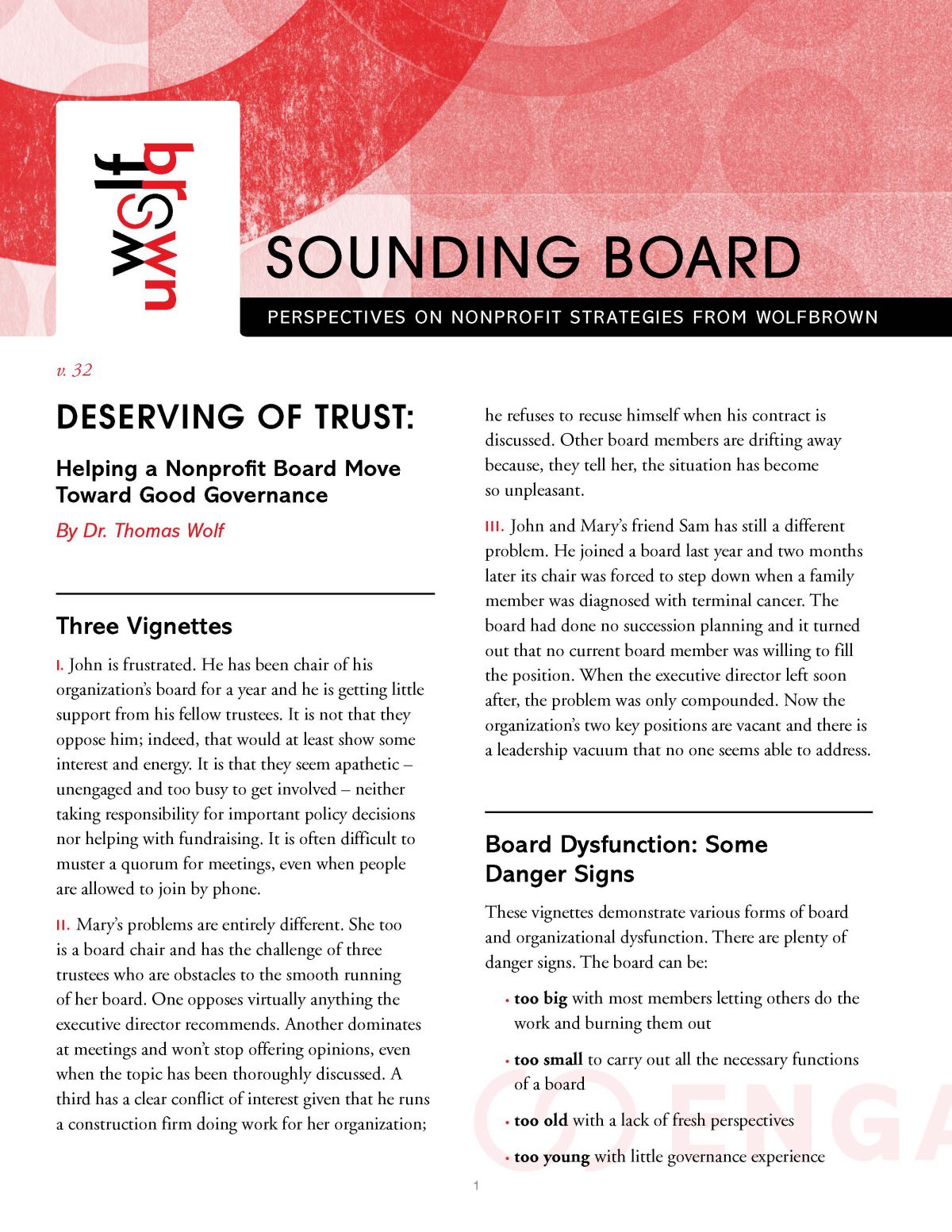Investing In the Long View

 No. 31 | published 2013
No. 31 | published 2013
Investing In the Long View
How do we know the arts matter? Where is the added value? What is the evidence that investing in the arts has an impact? These are questions that arts presenters, administrators, and artists and performers working in the public sector are pressed to answer daily


 No. 32 | published 2017
No. 32 | published 2017